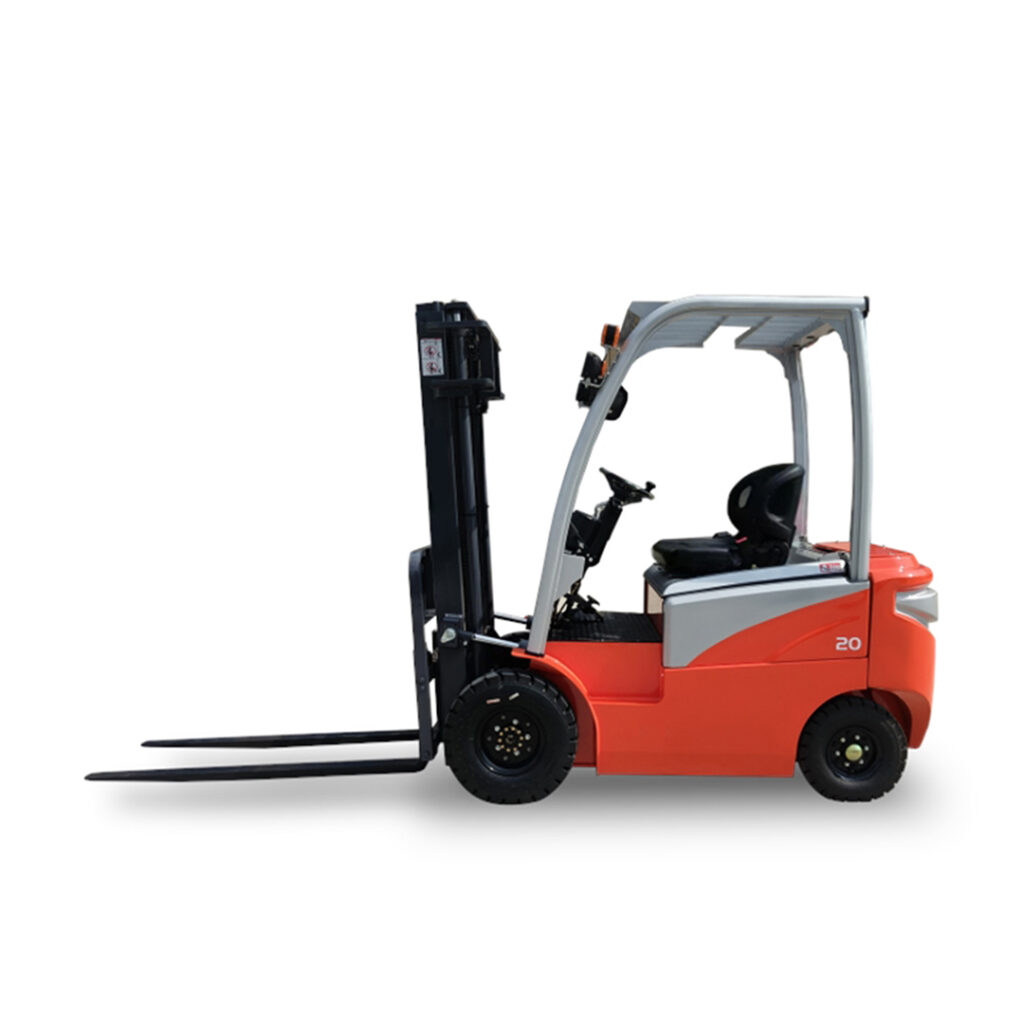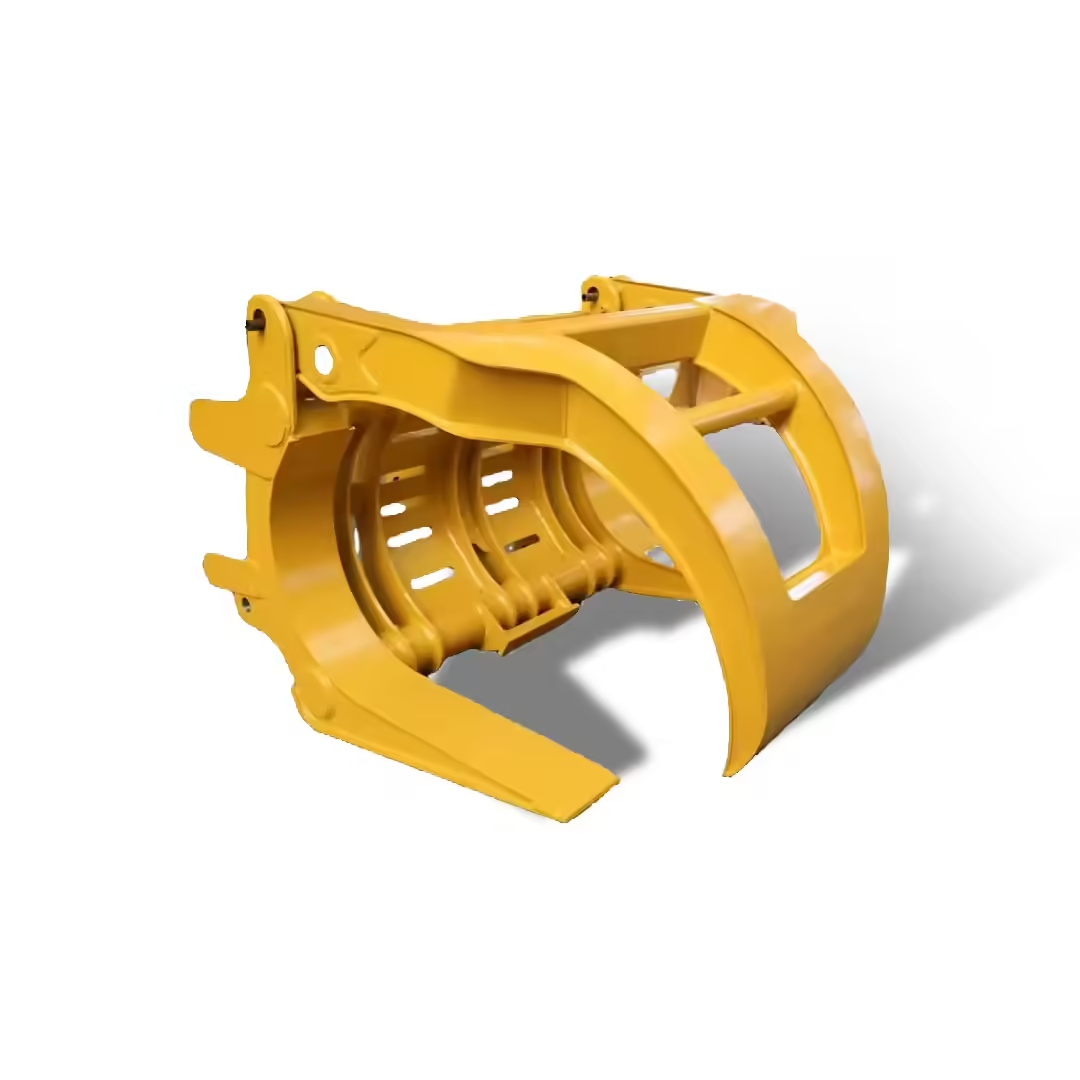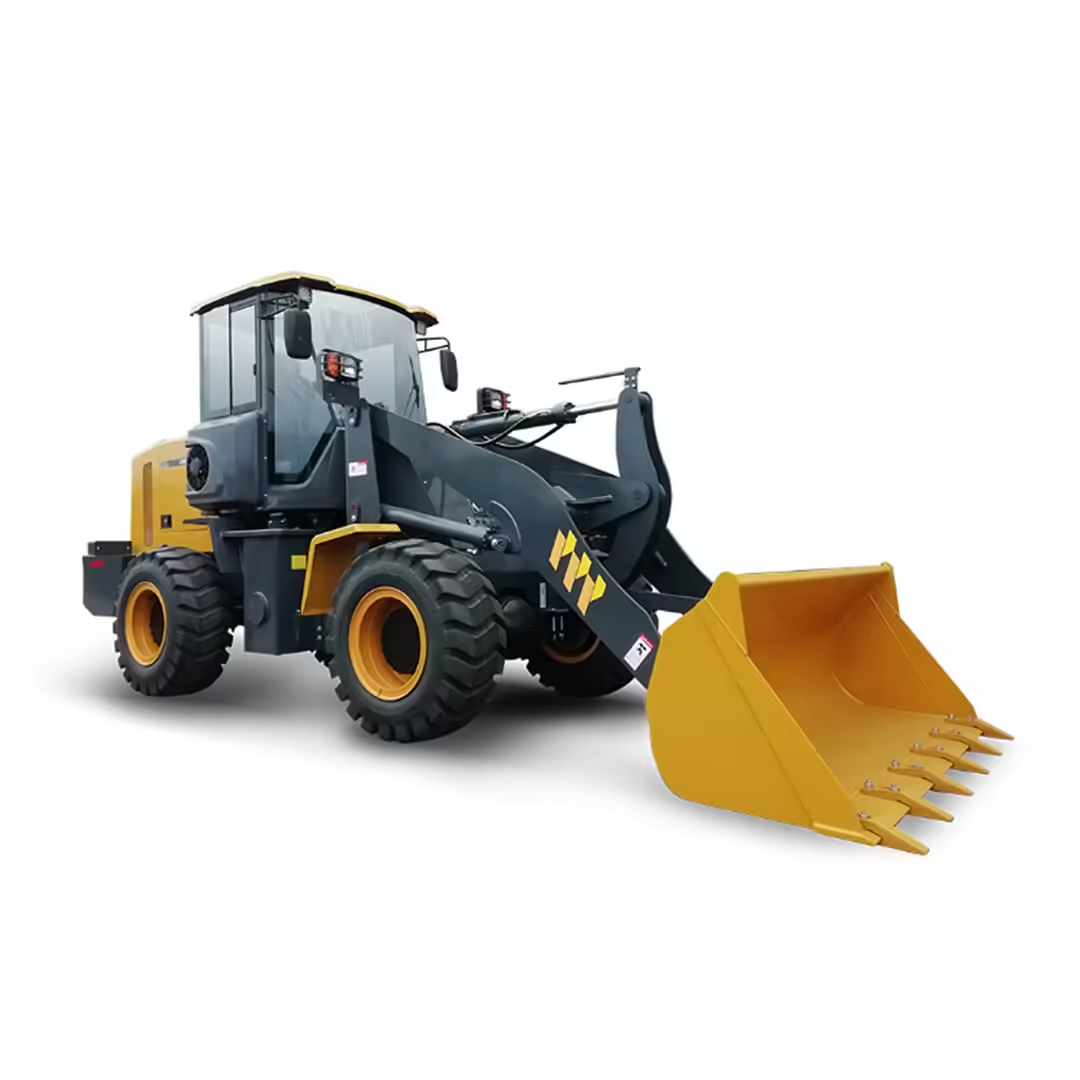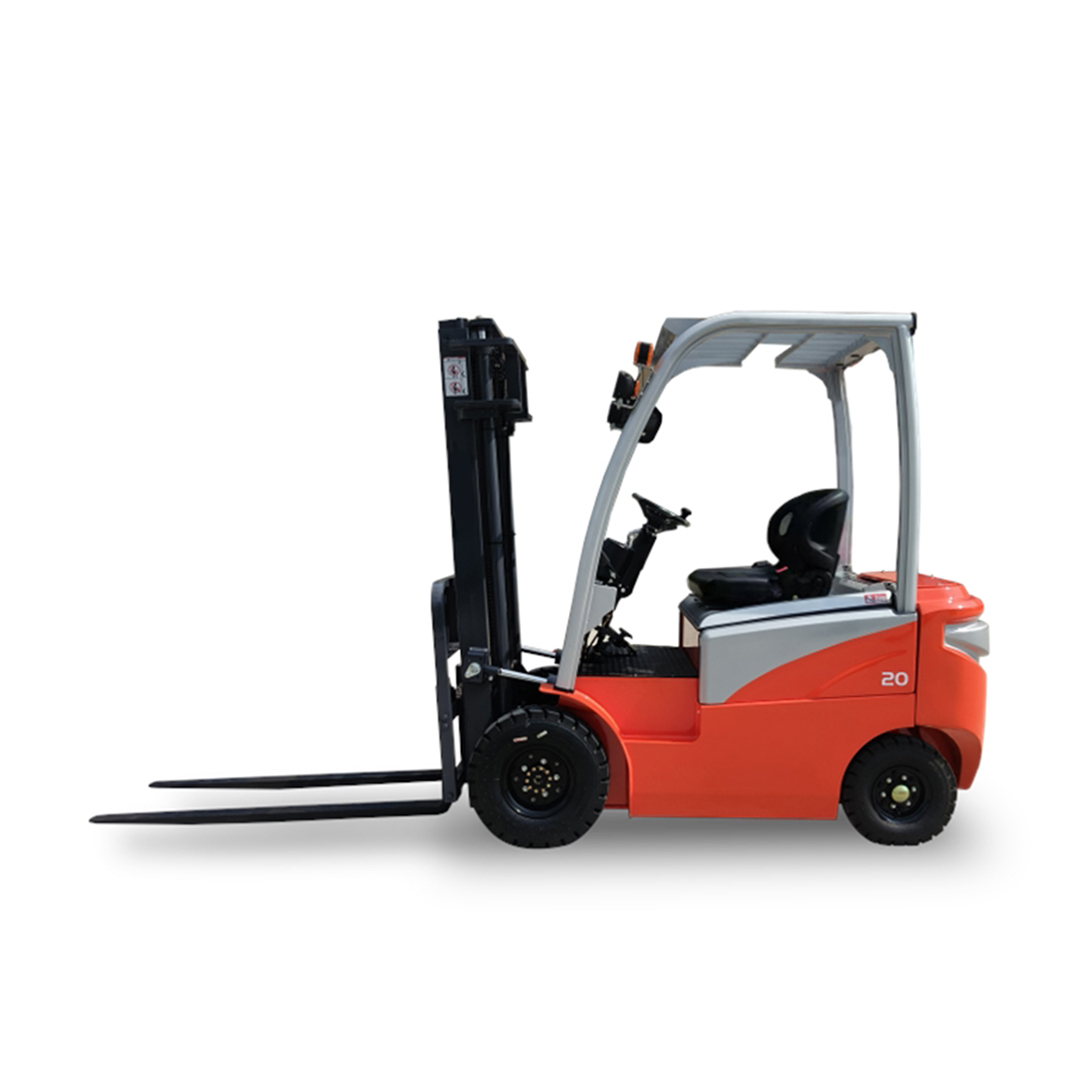Key Considerations for Selecting the Right Electric Forklift
Before making a purchase, it’s crucial to understand several key factors to ensure you choose the most suitable electric forklift for your needs. Here’s a comprehensive guide to help you make an informed decision and select a cost-effective option.
1. Working Environment & Conditions
Floor Surface
Most electric forklifts perform optimally on flat floors. However, if your workplace has uneven or sloped terrain, a more powerful model will be required to handle these challenging conditions effectively.
Space Constraints
In environments with limited space, such as narrow warehouses or confined areas, compact or narrow-aisle forklifts are the ideal choice. Their compact size and tight turning radius enable efficient operation, maximizing the utilization of available warehouse space.
2. Load Requirements
Rated Load Capacity
Accurately determine the maximum weight you need to lift. It’s advisable to select a forklift with a slightly higher capacity than your typical load. This ensures safe and efficient operation, especially when dealing with variable or unexpected loads.
Load Center
Understanding the cargo’s center of gravity is vital. Select a forklift that can handle the load within its load center limits, ensuring stable and secure lifts, reducing the risk of accidents, and prolonging the life of the equipment.
3. Battery Life & Charging
Battery Type
Lithium-ion batteries are a popular choice due to their numerous advantages. They offer fast charging, a long lifespan, and require minimal maintenance. In contrast, lead-acid batteries typically take longer to charge and demand regular maintenance. Consider your workplace’s power supply and maintenance capabilities when choosing the battery type.
Runtime
Evaluate your daily workload to determine the appropriate battery capacity. Ensure the battery has enough runtime to meet your operational needs without frequent interruptions for recharging. This helps maintain productivity and avoid costly downtime.
Charging Infrastructure
Verify that you have the necessary charging equipment and sufficient space for charging. A well-equipped charging station not only ensures a convenient charging process but also contributes to the longevity of the batteries.
4. Operator Comfort & Safety
Ergonomics
Look for forklift models equipped with ergonomic seats that provide optimal support and comfort for operators during long working hours. Intuitive controls allow for easy operation, reducing fatigue and enhancing productivity. Additionally, consider the noise level; lower noise levels create a more pleasant working environment for the operator.
Safety Features
Operator safety should be a top priority. Choose a forklift with essential safety features such as automatic shutdown when the operator leaves the seat, anti-slip surfaces to prevent slips and falls, anti-tip mechanisms to protect against tip-overs, and emergency power-off systems that can quickly shut down the forklift in case of an emergency.
5. Brand & After-Sales Service
Brand Reputation
Reputable brands are known for their commitment to quality and reliability. Research the brand’s history, customer reviews, and industry reputation before making a purchase. This helps ensure that you’re investing in a forklift that is built to last and will meet your expectations.
Service Support
Prompt after-sales service, easy access to spare parts, and quick response times are essential. In case of any issues or breakdowns, a reliable service team can minimize downtime and keep your operations running smoothly. Look for a brand that offers comprehensive service agreements and has a network of service centers in your area.
6. Cost Analysis
Initial Investment
Consider the upfront costs, which include the forklift price, battery cost, and charging equipment. While cost is an important factor, don’t sacrifice quality for a lower price. A more expensive but high-quality forklift may provide better long-term performance and value.
Operating Costs
Factor in the ongoing operating costs, such as electricity consumption, regular maintenance, and battery replacement expenses. These costs can add up over time, so it’s important to choose a forklift that offers a good balance between initial cost and long-term operational expenses.
Long-Term ROI
Aim for a durable and efficient forklift that offers a high return on investment (ROI) in the long run. By choosing a reliable model with low operating costs and a long lifespan, you can reduce the overall cost of ownership and increase your bottom line.
7. Environmental & Regulatory Compliance
Sustainability
Electric forklifts have the advantage of producing zero emissions, making them an environmentally friendly option. In addition to being suitable for eco-conscious workplaces, they are also often preferred in harsh working conditions where emissions from traditional fuel-powered forklifts can be a concern.
Regulatory Standards
Ensure that the forklift you choose complies with local safety regulations and industry standards. This not only helps protect your employees and operations but also avoids potential fines and legal issues.
Conclusion
When selecting an electric forklift, it’s essential to prioritize a comprehensive evaluation of various factors. Consider the workplace environment, load requirements, battery performance, brand reliability, costs, and after-sales service. By carefully balancing these aspects, you can choose a forklift that will enhance productivity, ensure operator safety, and minimize long-term expenses, providing a valuable asset for your business.




